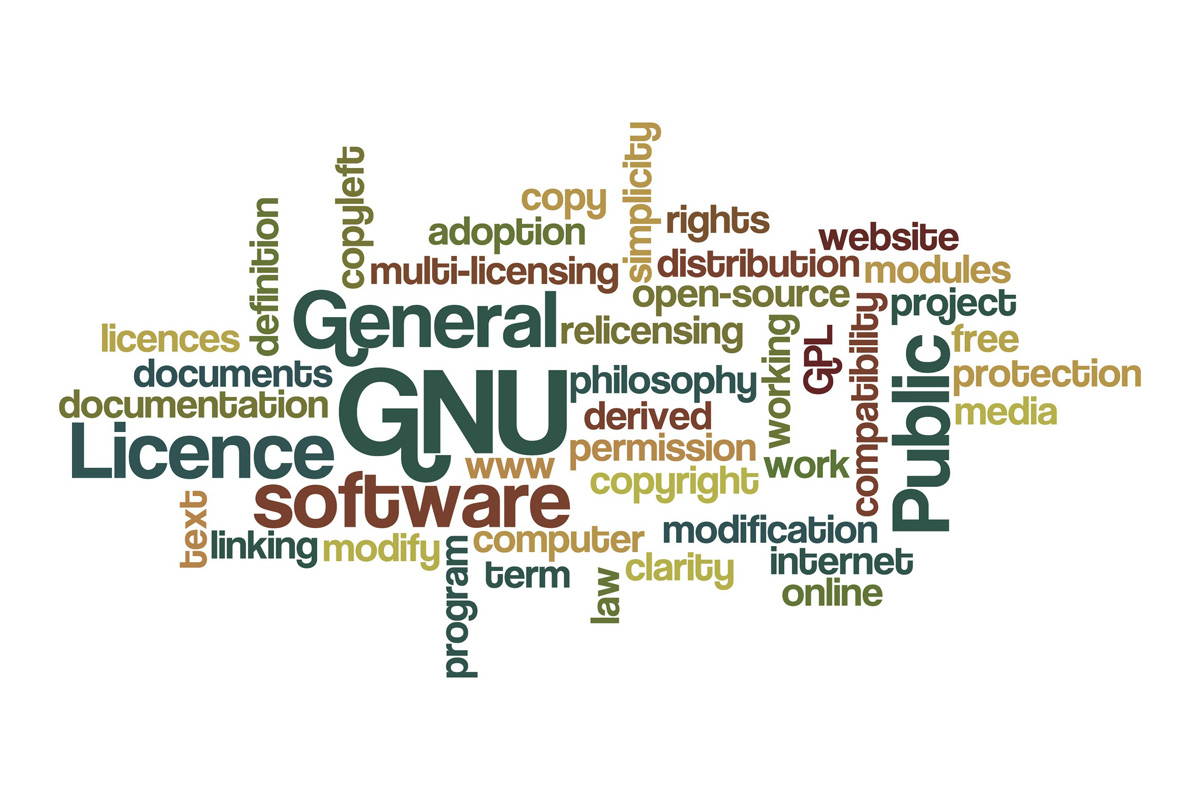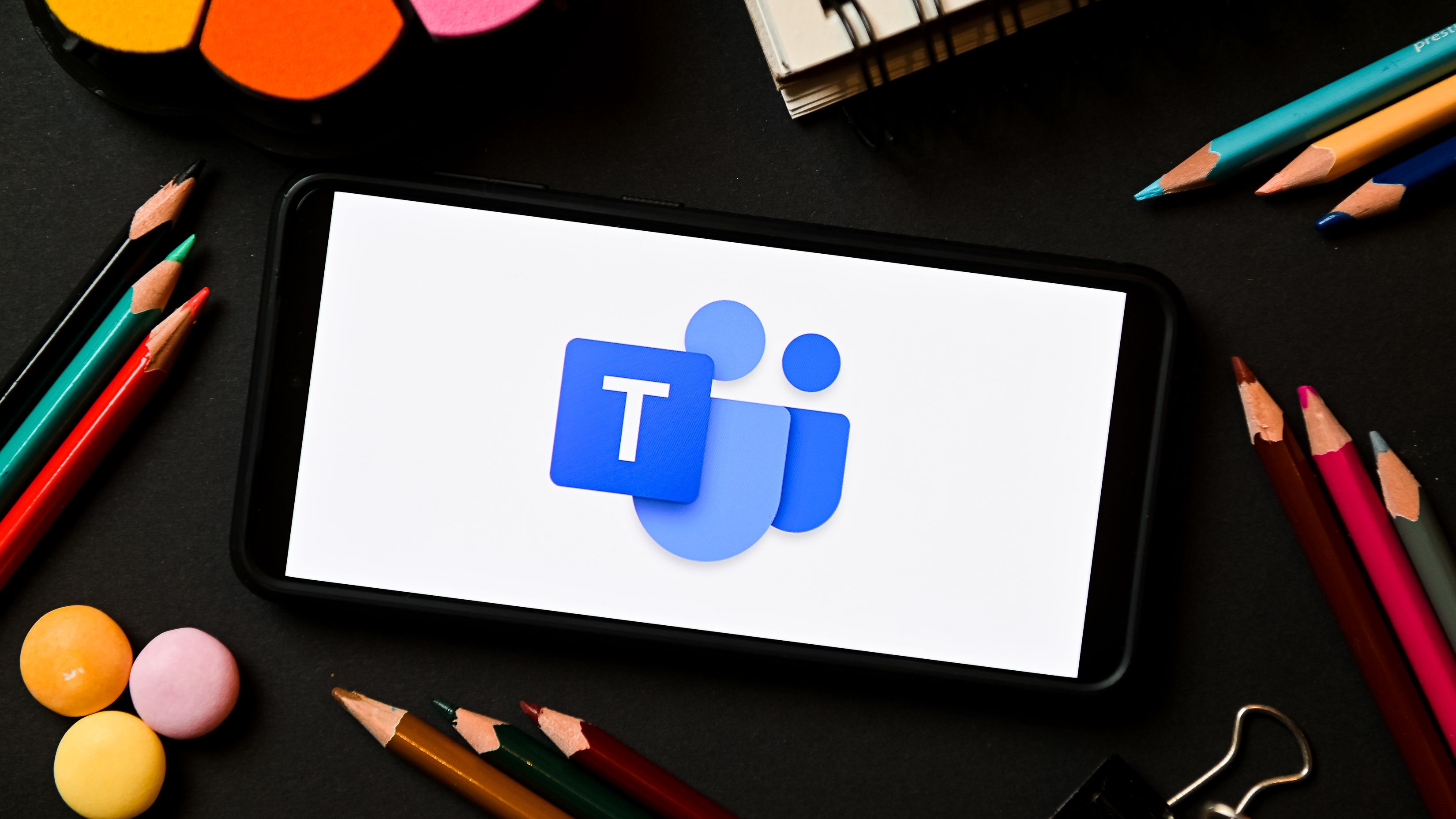How to master the art of software licensing
Coming to terms with software licensing takes time and resources. But failing to ensure software is properly licensed can lead to penalties and excessive software costs, finds Stephen Pritchard in our latest Business of IT special feature.

Microsoft licensing matters because of the company's enormous installed base, although licences for other packaged software are scarcely less complicated; there are several vendors that insist on selling licence packs in blocks of five to SMEs, and have different rules governing employees' use on a home PC or a laptop.
"Businesses do need to work out how many licences they have but for an SMB, this should not beyond the wit of the director; 'Oh, we have 20 employees, and all except for Joe the Tea Boy needs a licence. Let's see, that's, oh, how many licences? 2? 132? Where's my calculator....'," claimed Clive Longbottom, service director at analyst firm Quocirca.
"For the SMB, in the longer term, the best way to get away from the vast majority of this is to move to a subscription model for software in the cloud," he added. "The licence is then subsumed in the monthly, quarterly or yearly subscription. Stop paying, and you stop gaining access to the software."
For larger businesses, investing in software asset management both as a process, and as a tool will be worthwhile.
Even there, though, organisations need to take steps to ensure they pick the correct tools, based on their existing software usage and the their organisational structure; a company with a large number of mobile workers using Microsoft applications will have a very different profile to one that has most of its staff using SAP or Oracle in a fixed location.
Get the ITPro daily newsletter
Sign up today and you will receive a free copy of our Future Focus 2025 report - the leading guidance on AI, cybersecurity and other IT challenges as per 700+ senior executives
-
 Google tells some remote workers to return to the office or risk losing jobs
Google tells some remote workers to return to the office or risk losing jobsNews Google has warned remote workers will need to return to the office or else lose their jobs, according to reports.
By Ross Kelly
-
 IBM puts on a brave face as US government cuts hit 15 contracts
IBM puts on a brave face as US government cuts hit 15 contractsNews Despite the cuts, IBM remains upbeat after promising quarterly results
By Nicole Kobie
-
 Enterprises are doubling down on IT optimization strategies – and it’s delivering huge financial returns
Enterprises are doubling down on IT optimization strategies – and it’s delivering huge financial returnsNews Organizations that have cracked IT cost optimization and innovation reap the rewards both financially and in terms of time to market.
By Emma Woollacott
-
 Unlock the potential of LATAM’s booming crypto market
Unlock the potential of LATAM’s booming crypto marketwhitepaper Strategic pathways for crypto companies looking to expand into Latin America
By ITPro
-
 The online cash revolution
The online cash revolutionwhitepaper Why adding eCash to the checkout unlocks more growth
By ITPro
-
 How payments support the growth of software platforms
How payments support the growth of software platformswhitepaper Discover how Paysafe can help drive the growth and success of your software platform
By ITPro
-
 Appian wants to be the AI company for AI skeptics
Appian wants to be the AI company for AI skepticsAnalysis The firm outlines its AI strategy at Appian World 2023 while using ChatGPT and Midjourney to create scripts and imagery for keynote presentations
By Rory Bathgate
-
 What you need to know about the new features coming to Microsoft Teams Premium
What you need to know about the new features coming to Microsoft Teams PremiumNews Teams Premium will see users granted a range of exclusive tools to improve workflow and collaboration
By Ross Kelly
-
 Small businesses lament Sage's monthly subscription changes amid rising costs
Small businesses lament Sage's monthly subscription changes amid rising costsNews A number of small businesses have raised concerns that changes to software subscriptions could impose a heavy financial toll
By Ross Kelly
-
 Why engineering teams love Slack
Why engineering teams love SlackWhitepapers The adaptive collaboration hub for software engineering
By ITPro